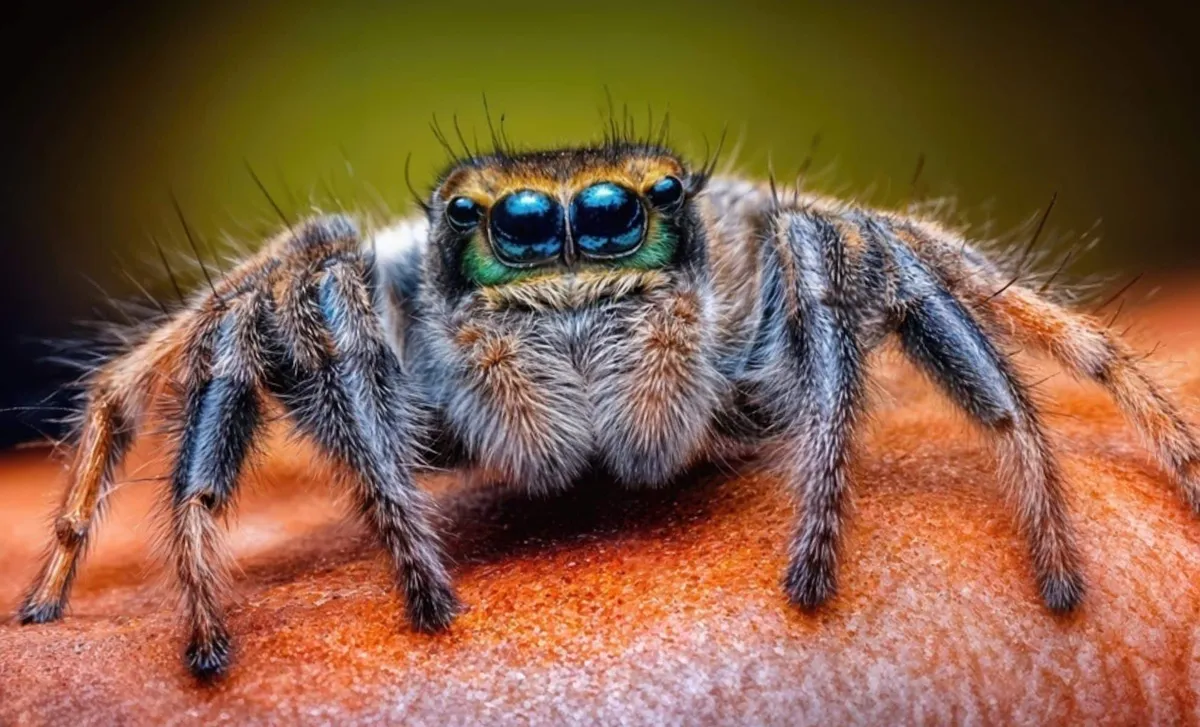
In a fascinating study published in Current Biology, researchers have significantly changed our understanding of arachnid evolution. For decades, scientists believed that spiders, scorpions, and their relatives evolved from terrestrial ancestors. However, a recent analysis of a remarkable 500-million-year-old fossil indicates that these creatures may have originated from the depths of the oceans.
The focal point of this groundbreaking study is a fossil known as Mollisonia symmetrica, a mid-Cambrian arthropod that thrived over 500 million years ago. Initially thought to be a precursor to horseshoe crabs, the fossil's intricate neural structure has piqued the interest of neuroscientists. Researchers from the University of Arizona and King’s College London employed advanced microscopy techniques to explore its brain, revealing a remarkable resemblance to the brains of modern arachnids.
This discovery was not just an ordinary fossil find; the neural architecture of Mollisonia exhibited characteristics consistent with today’s spiders and scorpions. This significant similarity suggests a potential marine origin for these creatures, challenging the long-held belief in their land-based evolution.
You may be asking, why is the study of a fossilized brain so crucial? The arrangement of an animal’s nervous system provides vital insight into its evolutionary history. In the instance of Mollisonia, its nervous system displayed a distinct pattern of neural centers typical of marine arthropods, including sea spiders and horseshoe crabs. This compelling analysis implies that arachnids may have descended from an aquatic ancestor before evolving to adapt to terrestrial life.
Essentially, this revelation shifts the narrative, suggesting that arachnids did not solely evolve from any land-dwelling arthropod, but rather from ancient marine creatures. As a result, spiders and scorpions might share a much deeper evolutionary connection with the oceans than previously conceived.
With this novel theory emerging, a natural question arises: how did these ancient marine arthropods transition to terrestrial life? The answer may lie in the adaptive evolution of their neural systems over time. The distinctive organization of the brain in Mollisonia—featuring neural pathways that regulate movement—could have provided early arachnids with a significant evolutionary advantage.
These “neural shortcuts” likely enabled them to master complex movements essential for survival on land, such as walking or weaving webs. This adaptability would have been crucial in their ability to thrive in a new environment, leading to the diverse array of arachnid species we see today.
The implications of this study extend beyond mere classification; they open up a new avenue of research into arachnid evolution and their ecological adaptations over millions of years. As scientists continue to explore the evolutionary pathways of these creatures, our understanding of their origins and the broader implications for marine and terrestrial life will undoubtedly deepen.
In summary, the study of Mollisonia symmetrica not only sheds light on the origins of arachnids but also highlights the importance of fossils in uncovering evolutionary histories. As research progresses, we may find even more fascinating connections between arachnids and their ancient marine ancestors.